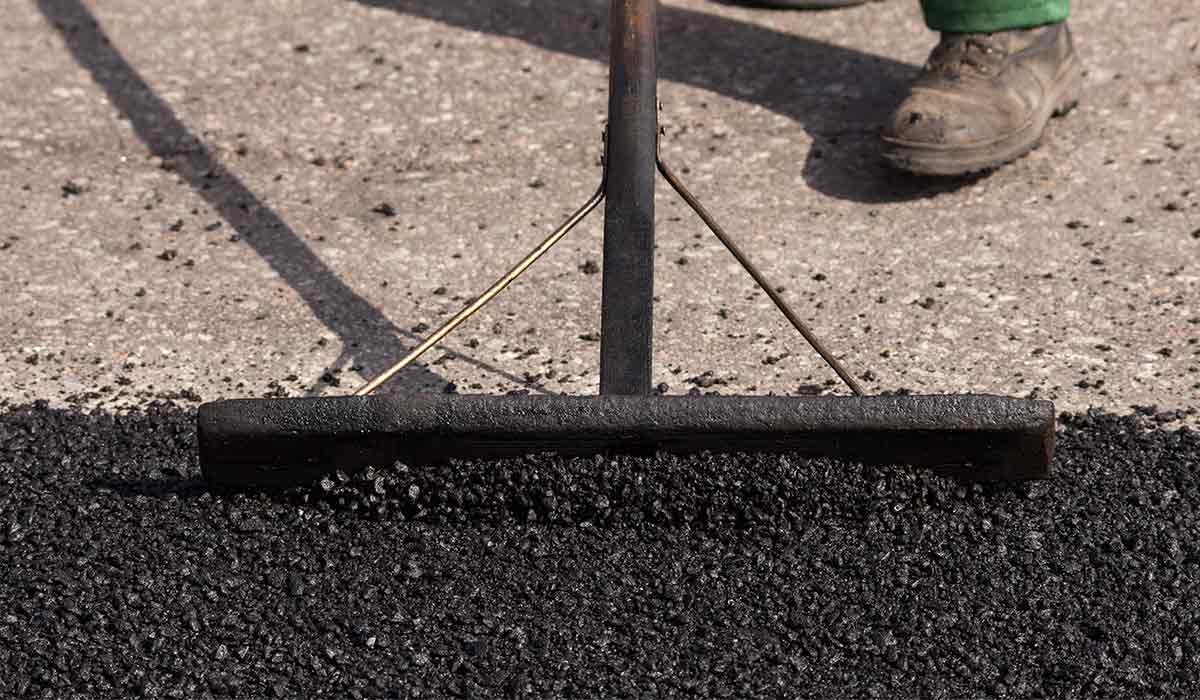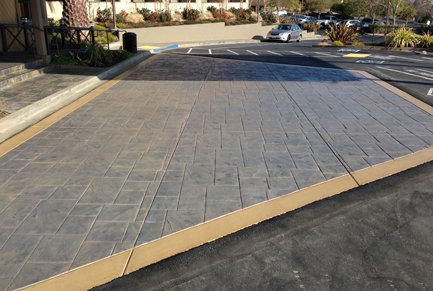Not known Facts About A1 Professional Asphalt & Sealing Llc
Not known Facts About A1 Professional Asphalt & Sealing Llc
Blog Article
A1 Professional Asphalt & Sealing Llc - An Overview
Table of ContentsSome Ideas on A1 Professional Asphalt & Sealing Llc You Should KnowFascination About A1 Professional Asphalt & Sealing LlcExcitement About A1 Professional Asphalt & Sealing LlcHow A1 Professional Asphalt & Sealing Llc can Save You Time, Stress, and Money.The Best Strategy To Use For A1 Professional Asphalt & Sealing Llc

The oil in an auto engine is not simply oil. The REOB includes all the additives that were in the waste oil as well as the wear steels from the engine (generally iron and copper).
Nonetheless, by making lots of blends using different REOB examples and different asphalt binders, the variants largely can be averaged out. Several States offered examples of recognized REOB structure to TFHRC scientists, that evaluated the examples to compare the portion of added (recognized) REOB to the located (tested) amount. The analyses showed a comparable percentage of included and located REOB.
The Only Guide for A1 Professional Asphalt & Sealing Llc
They obtained a frustrating feedback. The TFHRC scientists evaluated 1,532 examples from 40 States, one Canadian district, and two Federal Lands Highway departments. They evaluated each sample twiceamounting to greater than 3,000 evaluations. None of those States recognized that the asphalt they were acquiring included REOB. One State urged its examples had no REOB.
Of the 1,532 examples evaluated, 12 percent had REOB, and some contained substantially high levels of it at 1020 percent. The highest degree was 34 percent in a sample from Texas, which TxDOT had actually made use of in a patching substance. This testing also revealed the existence of phosphoric acid in 11 percent of the examples, and 2 percent consisted of ground tire rubber.
2 years back at TRB's annual conference, the Federal researchers held an REOB workshop and provided the findings of their research laboratory evaluations to a standing room-only group. Some agencies do not particularly ban REOB, they do impose physical tests that avert its useeffectively a ban. Others do not outlaw it by spec, however have arrangements with asphalt distributors to prevent using REOB
The Definitive Guide for A1 Professional Asphalt & Sealing Llc
A handful do enable REOB, some within particular restrictions. For example, Ohio and Texas restriction levels to less than 5 percent of the asphalt. To develop a trustworthy examination technique that all States can make use of, the TFHRC scientists established a round-robin test strategy. The participants are 11 State freeway agencies (Illinois, Massachusetts, Minnesota, Mississippi, Montana, North Carolina, Oklahoma, South Carolina, Texas, Vermont, and Wyoming), 2 independent testing labs, the Ministry of Transport in Ontario, Queen's University in Ontario, and an Ontario paving contractor.
The individuals are evaluating the examples independently making use of the standards supplied by the TFHRC scientists. The output will be a proposed AASHTO test approach that any kind of State can adopt and use.
The sidewalk with REOB, which is situated 0.6 mile (1 kilometer) from the sidewalk without REOB, has identical subgrade, traffic thickness, and environment. Nonetheless, the sector of Highway655 with 5 to 10 percent REOB revealed significant cracking. In this instance, the existence of REOB was the identified cause of fracturing at a reduced temperature levels.
"In our experience in copyright, even tiny quantities of 23 percent can be a problem." Likewise, an area of examination pavement in Minnesota (MN1-4) found to contain REOB additionally fractured too soon. The sidewalk carried out well for the initial 3 to 4 years, however after that started to split. This pavement is likewise subject to reduced temperatures.
The Main Principles Of A1 Professional Asphalt & Sealing Llc
The examinations were not considerable, however they showed that at levels of 6 percent or even more, the tensile strength of the asphalt dropped considerably. At a degree of 3.5 percent REOB, the variation in the physical test approaches was above the effect of REOB. Actually, it was tough for researchers to assess whether REOB was present.

One binder parameter considered is the difference in between the low temperature important specification temperature level for stiffness (S) in the flexing beam rheometer and the flexing light beam rheometer creep incline (m-value) kept in mind as Tcritical. TC = TC (S) TC (m-value). Evaluation of this specification is still ongoing. Two independent research groups, one from AASHTO and the other from the Asphalt Institute, wrapped up that more research is needed on making use of REOB in asphalt.
Previously, all asphalt screening determined design buildings such as rigidity. These examinations do disappoint what materials had been included to the asphalt. One example received during the TFHRC research had a very odd evaluation. The sample had the following test outcomes: Superpave PG 64-28 with a high temperature grade of 67.3 Tcritical on the flexing light beam rheometer was 6.7 degrees Celsius.

The 2-Minute Rule for A1 Professional Asphalt & Sealing Llc
These results show there are weak points in the standard engineering screening procedures that might be manipulated. The producer might have an economic benefit and the product passes all the standard examinations, yet the product may not be useful to guaranteeing long-lasting performance. To resolve this problem and the development of new asphalt ingredients and extenders, TFHRC is starting a research program to use handheld spectroscopic devices, x-ray fluorescence spectroscopy, and Fourier transform infrared spectroscopy to enable evaluations to be done in the area instead of having to take samples back to the laboratory.
Report this page